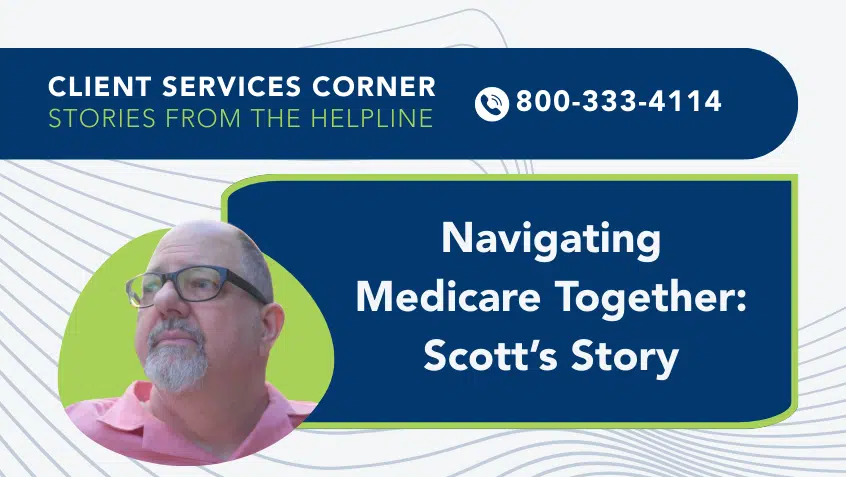Join Us Live for a Discussion on Medicare, Democracy, and the Future of Health Care
Closing the Donut Hole: What it Means and Why it Matters

This week, the Kaiser Family Foundation (KFF) released a data note on the Medicare Part D coverage gap, commonly referred to as the “donut hole.” When Congress expanded Medicare to cover prescription drugs by adding Part D, they built in a coverage gap that made drug coverage disappear when people reached a certain spending level, then reappear when they hit another threshold. This donut hole left many people with Medicare struggling to afford their medications for at least part of the year.
Since that initial design decision, Congress made changes to reduce the impact of the donut hole. The Affordable Care Act (ACA) required drug manufacturers to give significant discounts while people were in the gap and began a phase-in of a federal subsidy for beneficiaries. The ACA gradually decreased the percentage that people with Part D are responsible for and planned to close the gap in 2020 for both brand-name and generic drugs. However, the gap for brand-name drugs will close one year sooner because of legislation—the Bipartisan Budget Act of 2018 (BBA)—passed early this year. Starting in 2019, this legislation makes the transition into the coverage gap for brand-name drugs seamless for people with Part D by decreasing their financial burden and requiring more financial support by pharmaceutical manufacturers. The coverage gap for generic drugs will still close in 2020.
Importantly, closing the coverage gap eases but does not eliminate problems of drug affordability for people with Medicare. The underlying high drug costs mean that more and more people are reaching the spending thresholds that trigger the donut hole. Once they spend enough in the donut hole, they reach yet another level called “catastrophic coverage.” In catastrophic coverage, people’s out-of-pocket responsibilities seem low at 5%, but they do not have a cap. This means that very expensive drugs are a huge burden to beneficiaries.
The KFF data note breaks down the number of people with Part D who reach the various levels of coverage, what their average spending is, and how beneficiaries, drug manufacturers, drug plans, and the federal government split up the responsibility for various charges. Importantly, the note discusses the implications some future policy decisions may have on people with Medicare, including calls from manufacturers to decrease the amount they pay or proposals from the Trump Administration that would sharply increase the money people with Part D must spend. This change in particular would have significant, negative implications for people with Medicare. Medicare Rights seeks to keep the BBA reforms in place and opposes any policies that would reopen the donut hole or increase out-of-pocket expenses for beneficiaries.
Read the Kaiser Family Foundation’s donut hole data note.
Read our letter to Congress in support of the donut hole reforms in the BBA.
Show Comments
We welcome thoughtful, respectful discussion on our website. To maintain a safe and constructive environment, comments that include profanity or violent, threatening language will be hidden. We may ban commentors who repeatedly cross these guidelines.
Help Us Protect & Strengthen Medicare
Donate today and make a lasting impact
More than 67 million people rely on Medicare—but many still face barriers to the care they need. With your support, we provide free, unbiased help to people navigating Medicare and work across the country with federal and state advocates to protect Medicare’s future and address the needs of those it serves.
The Latest
Most Read
Add Medicare to Your Inbox
Sign up to receive Medicare news, policy developments, and other useful updates from the Medicare Rights.
View this profile on InstagramMedicare Rights Center (@medicarerights) • Instagram photos and videos









